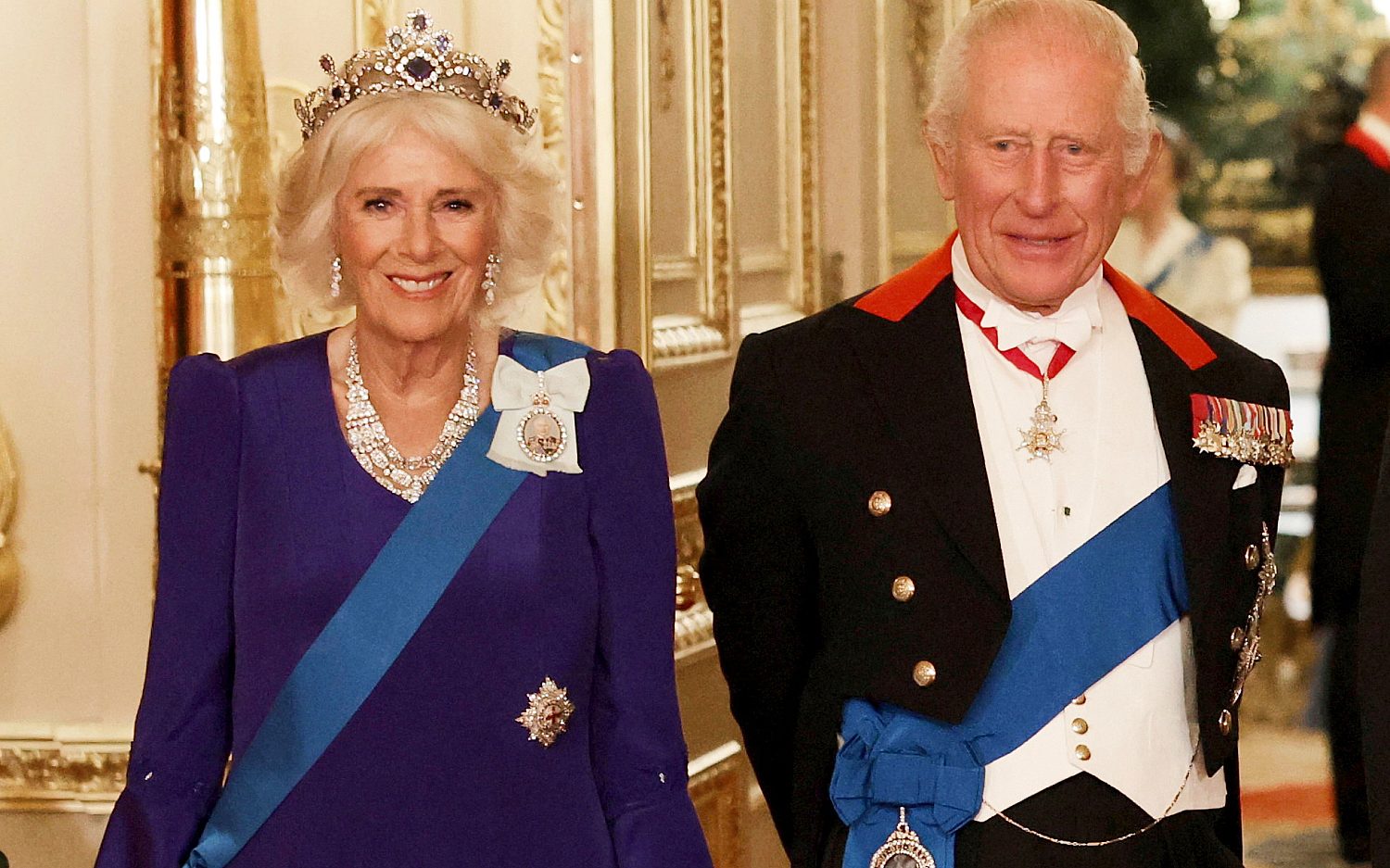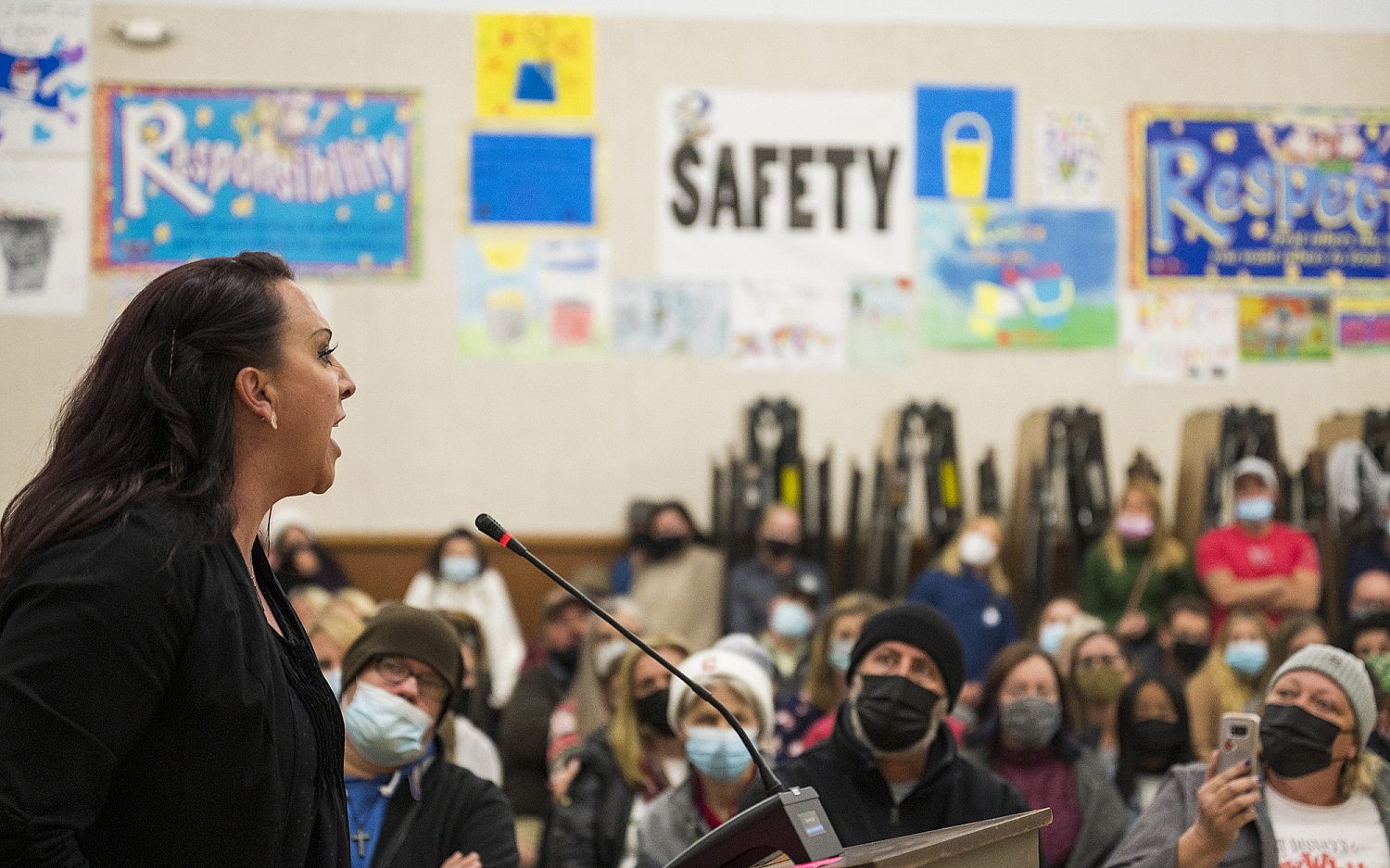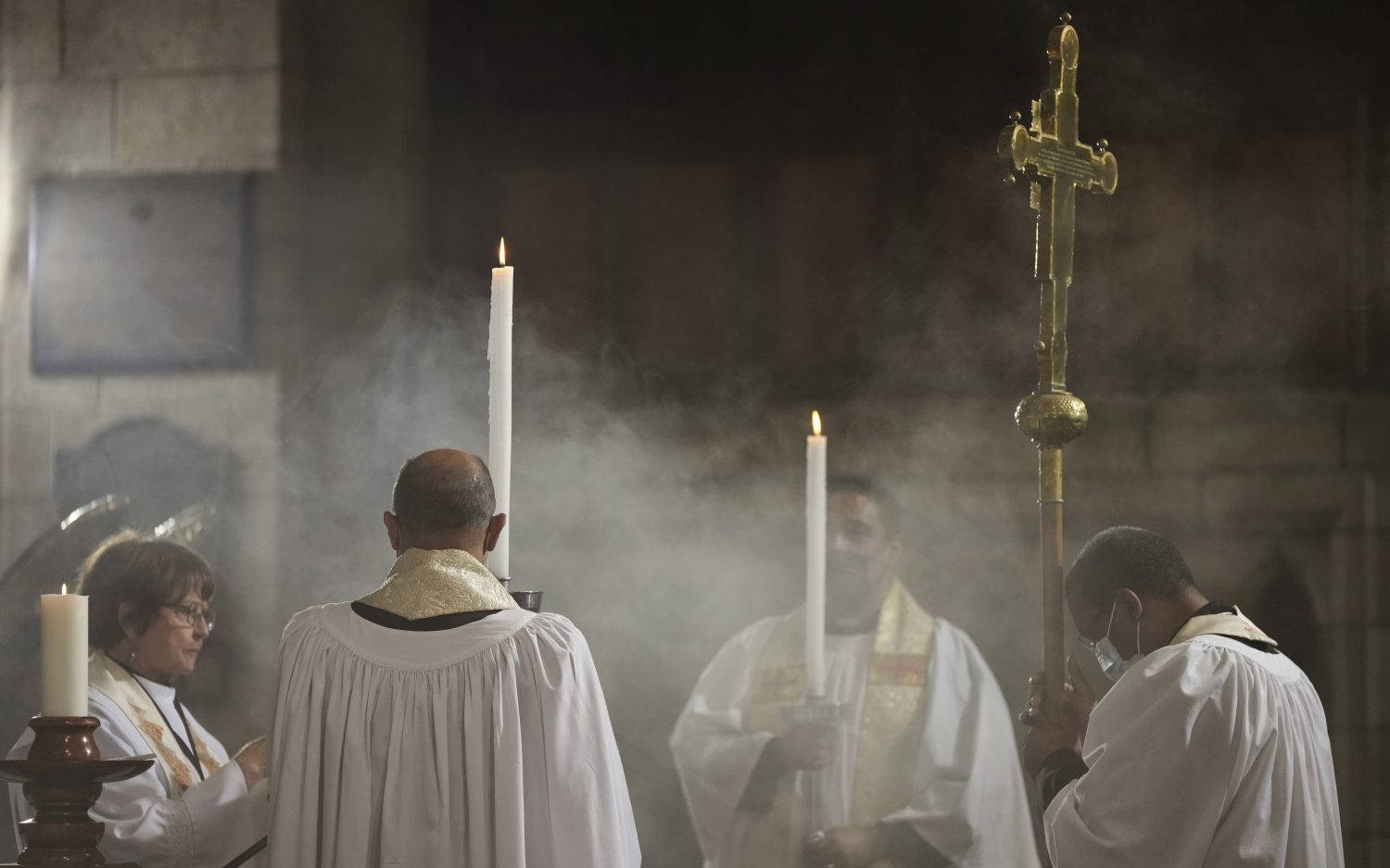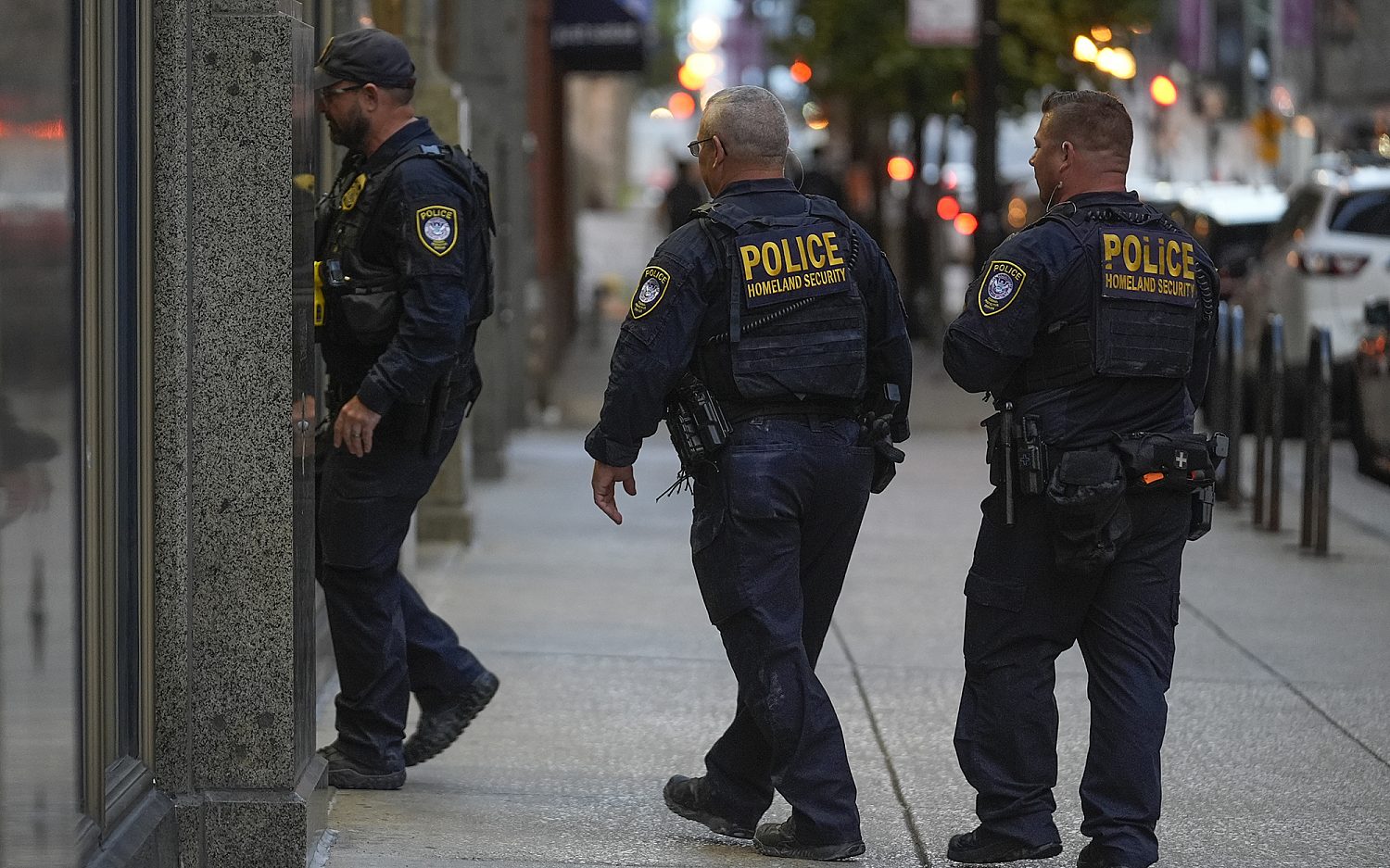Poor whites need Jesus and justice too
Evangelicals tend to focus on urban minorities instead of the largest percentage of Americans living under the poverty line
If you want to hear crickets in a room full of educated, missionally minded, culture-shaping evangelicals, ask this question: “What are you doing to serve the needs of poor white people?”
While urban, justice-loving evangelicals easily shame white, suburban, conservative evangelicals for their racially homogenized lives, both communities seem to share a disdain for lower-class white people. “Rednecks,” “crackers,” “hoosiers,” and “white trash” are all derogatory terms used to describe a population of lower-class whites who have suffered centuries of injustice and social marginalization in America, especially from educated Christians.
Even though lower-class whites comprise the largest percentage of America’s welfare recipients and the largest percentage of those living below the poverty line, evangelicals remain largely focused on poverty among African-Americans and Hispanics. The imagery conjured by “social justice” and “mercy-ministry” rhetoric is a collage of underprivileged African-American and Hispanic kids living in “da hood.” When evangelicals are challenged to relocate to poor areas for the sake of the being “missional,” small towns and rural areas with high concentrations of lower-class whites, like Springfield, Mo., or Troy, N.Y., do not normally make the list. While Christian colleges and seminaries across America are teeming with “urban ministry” programs, there is only one large, accredited seminary in America that has a degree program targeted specifically for rural ministry: Duke Divinity School in Durham, N.C., a seminary founded and supported by the United Methodist Church.
One common excuse for the lack of focus on white poverty is how disproportionately worse poverty is in black and Hispanic communities. There is no argument there. African-Americans have a poverty rate of 25.8 percent, Hispanics/Latinos 17.1 percent, whites 11.6 percent, and Asian-Americans 5.3 percent. But, in terms of absolute numbers, there are more poor whites in the United States than any other group. More than 19 million whites fall below the poverty line for a family of four, which is nearly twice the number of blacks. Therefore, whites account for more than 41 percent of the nation’s poor, argues author Mark Rank in Chasing the American Dream. Furthermore, the Congressional Budget Office calculates that whites receive 69 percent of U.S. government public welfare benefits. In other words, when you hear words like “poor” or “welfare queen,” which conservatives coined in the 1980s, the image that should come to mind is that of a single, white female.
The fact of white poverty raises new questions. For example, why are these 19 million people not reflected in the American evangelical discourse on poverty and social justice? Why do college-educated white evangelicals seem to have a preference for lower-class ethnic minorities in inner cities? Who are the pastors and justice advocates representing the needs of lower-class whites? In fairness, there are several churches and ministries serving in poor white communities across the country but their numbers pale in comparison to urban and inner-city efforts. Why is this?
Perhaps the root of the problem is that middle-class evangelicals are content maintaining the narrative that they have come to save the world’s people of color from themselves. “American society is completely dependent upon a worldview that places white Christian-Americans at the top of the hierarchy, with African-Americans falling into the lowest place” observes Kirsten Hemmy, associate professor of languages and literature at Johnson C. Smith University in Charlotte, N.C. This view of whites at the social peak, she says, is a part of “our collective imagination—informed by art, culture, media, and history” that is “just as important as reality.” Hemmy also believes that evangelicalism’s paternalistic history and condescension with people of color fuels disinterest in helping poor whites. “Poor white people should be able to fend for themselves, so mission work and ministry is focused on the black community, as though poor black people, because they are black, cannot fend for themselves.”
“You can feel good about helping a black family in the projects, because you can easily identify a few basic problems and leave,” says Robert Fossett, pastor of First Presbyterian Church (Presbyterian Church in America) in Greenville, Ala. “No one expects you to live there unless you are intending to gentrify the neighborhood and turn it into your own image. But when it comes to poor whites, i.e., ‘white trash,’ while there is also a deep cultural disconnect with white evangelicals—poor whites tend to be on the boundaries of towns and cities in rural populations. … The assumption is that poor whites are where they are because they are inbred, lazy, and uneducated, and they choose to live like this. And as everyone knows, you can’t fix lazy, degenerate, immoral white trash. Besides, it’s far easier to mock a trailer park than it is to plant a church there.”
Fossett’s comments, in fact, fit the long history of disgust and contempt educated whites have had toward poor whites in America for nearly 250 years. In Not Quite White: White Trash and the Boundaries of Whiteness, Matt Wray, a sociology professor at Temple University in Philadelphia, quotes South Carolina Anglican minster the Rev. Charles Woodsman expressing such contempt toward the white underclass in 1766: “They delight in their present low, lazy, sluttish, heathenish, hellish life, and seem not desirous of changing it.” The so-called “white trash”, says Wray, “reveals itself as an expression of fundamental tensions and deep structural antimonies: between the sacred and the profane, purity and impurity, morality and immorality, cleanliness and dirt.” To be white in America was not simply a racial category. “Whiteness” identifies a class of people who view themselves as culturally superior and more advanced than others like poor whites, blacks, Native Americans, and so on. White is something lower-class immigrant groups like the Irish had to become, as David R. Roediger explains in Working Toward Whiteness: How America’s Immigrants Became White. To not live up to the cultural expectations of whiteness, regardless of one’s actual skin color, was to invite utter disdain by the educated class. Including Christians.
According to Wray, by the 1760s, elites in the colonies viewed lower-status whites as a “distinct, inferior social group.” From the 17th to the early 19th century, poor whites were lumped in with Indians and blacks as “immoral, lazy, and dirty.” These stigmatypes were particularly fitting given the fact that lower-class whites worked, and sometimes even lived, among Native Americans and freed blacks. “Crackers,” “white trash,” “rednecks,” and the like were considered objects of Christian mission because their perceived laziness was understood as a moral problem that led to their material poverty and corruption. Elites sought to redeem the lives of poor whites during the Colonial era by instilling in these lowly people the virtues of hard work, the Christian life, and good hygiene.
By the late 18th century, as landowning elites in the British colonies preferred African slave labor, Wray writes that lower-class whites found themselves “pushed aggressively and violently into the western trans-Appalachia frontier”—the upper Ohio River Valley, Virginia, the Carolinas, and Georgia. These poor whites were increasingly known as “crackers”—as first used in a 1766 administrative letter from Gavin Cochran, a Colonial officer, to the Earl of Dartmouth in Great Britain. Crackers are backwoods people who Wray says are known to be “ill-mannered, arrogant, treacherous, and cruel, stealing from Indians and propertied white colonists alike.” Wray explains that “cracker” was not so much a term that stirred contempt, but a word that served as a clear cultural marker between God-fearing colonists and other not quite whites. Crackerremained in use through the Revolutionary era into the new republic and by the early 19th century was joined by the phrase “poor white trash.”
Poor white trash, often shortened to “white trash,” debuted in written form in Baltimore in 1833, as black domestic workers distinguished themselves from whites doing similar jobs. Middle-class and elite whites added the phrase to their lexicon as way to stigmatize those who were not living up to the standards of “real whiteness.” By the antebellum period, white elites in the Southern states had concluded that white trash inhabitants were degenerate because of some kind of genetic disorder that could not be cured merely by adjusting their circumstances. The era’s fascination with social Darwinism pushed this biological explanation of white poverty to the fore: Poor whites were naturally inferior, and they needed strong leadership to curb their uncivilized ways.
Whites in the North held similar views. Wray quotes Quaker-raised public figure Bayard Taylor saying in 1861 that “the white trash of the South represented the most depraved class of whites I have ever seen. Idle, shiftless, filthy in their habits, aggressive, with no regard for others.” As America transitioned into the 20th century, the accepted solution to the white trash problem was extinction via eugenics.
The use of eugenics—a program to improve the genetic fitness of society by controlling who can procreate—is commonly associated with Nazi Germany, or Margaret Sanger’s justification for opening abortion centers in Harlem, N.Y. But most Americans are unaware that both of these programs were modeled after an effort in the United States to outlaw reproduction of lower-class whites. From 1906 to 1927, more than 8,000 white women were forcibly sterilized, a practice protected by state law so that poor whites would not continue to populate regions in the Midwest, the Ohio River Valley, the South, and Appalachia. Eugenics supporters traveled across the country chronicling the lives of poor whites to make the case that they should not procreate with each other, their relatives, or other minorities like blacks or Native Americans.
Their program of forced sterilization was enshrined in law in a landmark 1927 Supreme Court Case, Buck v. Bell. Carrie Buck protested her involuntary 1924 commitment to the Virginia Colony for Epileptics and Feeble-Minded. After giving birth out of wedlock, Buck was declared “feeble-minded,” as were many other poor whites at the time. She was institutionalized and slated for involuntary sterilization. Buck objected, lost the case, and was sterilized. In an eight-to-one majority, Oliver Wendell Holmes Jr. opined, “It is better for all the world, if instead of waiting to execute degenerate offspring for crime, or to let them starve for their imbecility, society can prevent those who are manifestly unfit from continuing their kind. The principle that sustains compulsory vaccination is broad enough to cover cutting the Fallopian tubes. Three generations of imbeciles are enough.” By 1923, the American Eugenics Society had recruited prominent clergy in advisory roles, such as Massachusetts Episcopal Bishop William Lawrence and New York’s Harry Fosdick, along with J.W. Eliot, head of social service work of the Northern Baptists, and leading Quakers like Rufus Jones.
The long tradition of racism in this country includes white on white contempt. Elite Christians have in every period been complicit in this rancor. Does the line of elite visceral tension running through American history lead all the way up to evangelicalism’s neglect of lower-class whites in 21st century America? Today it seems that “the least of these” includes more than 19 million poor whites who are just the wrong color for gospel ministry and mission. As educated evangelicals turn a blind eye to 41 percent of the nation’s poor, are they more driven by a white messianic narrative than by an indiscriminate love for neighbor?
An actual newsletter worth subscribing to instead of just a collection of links. —Adam
Sign up to receive The Sift email newsletter each weekday morning for the latest headlines from WORLD’s breaking news team.




Please wait while we load the latest comments...
Comments
Please register, subscribe, or log in to comment on this article.